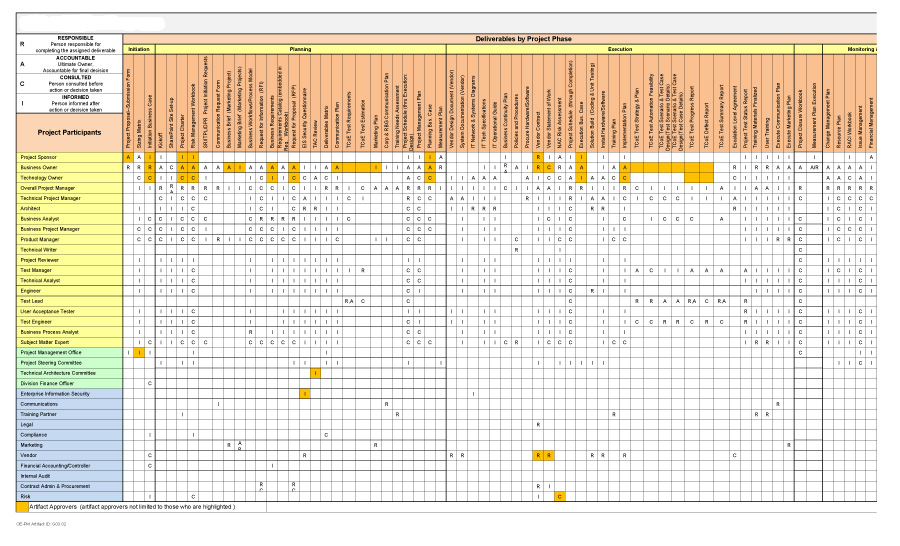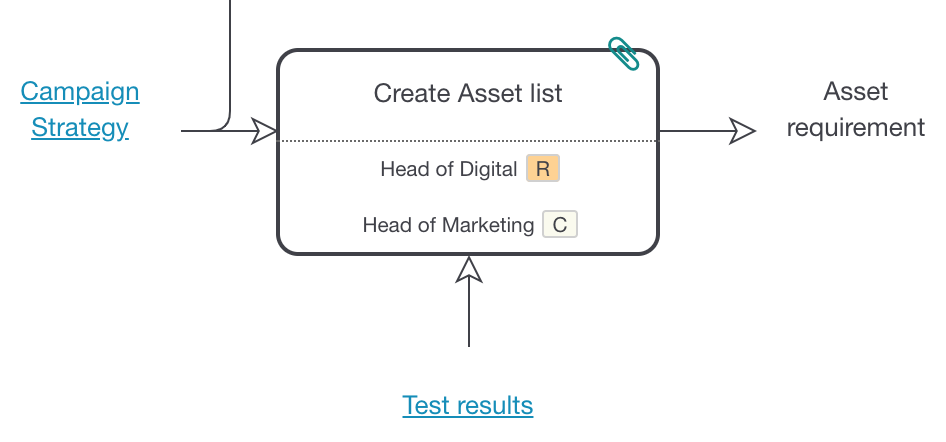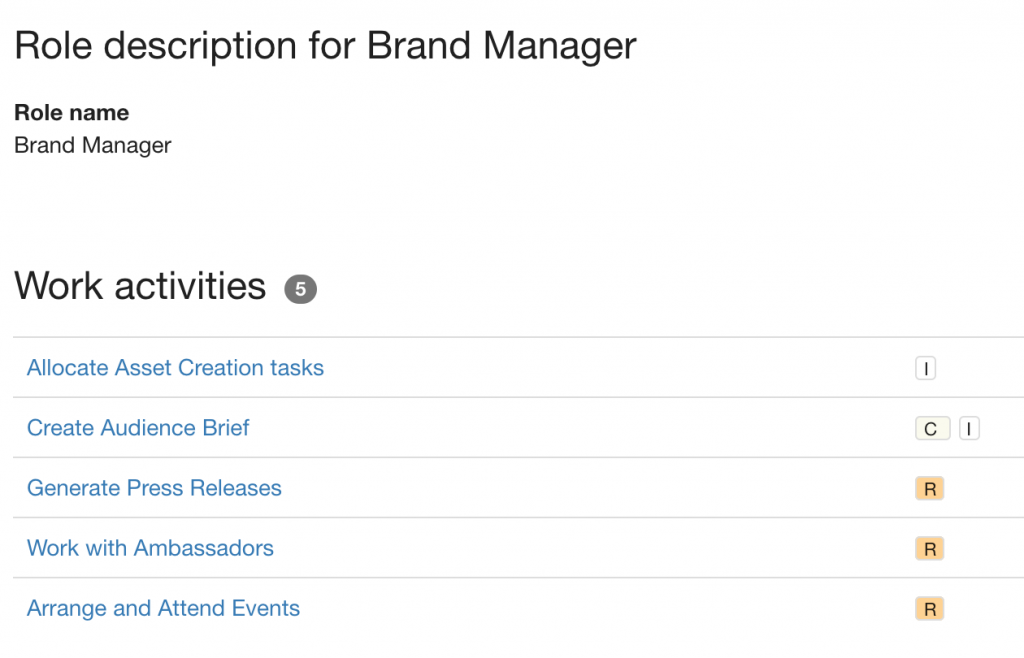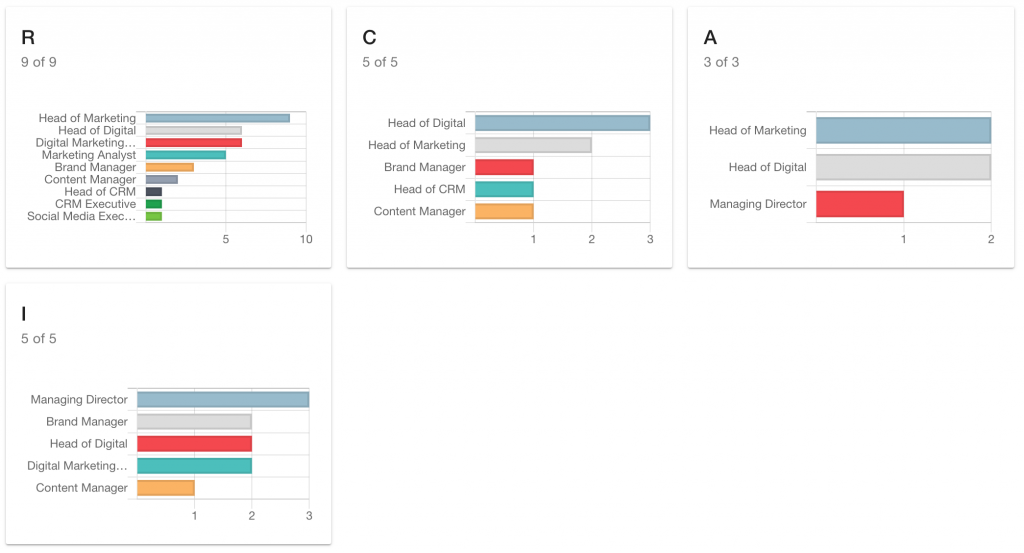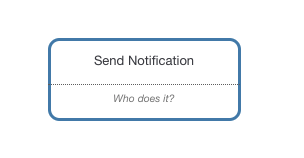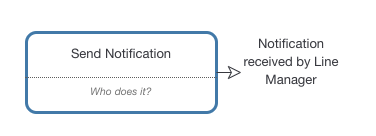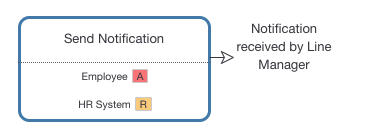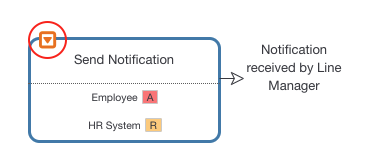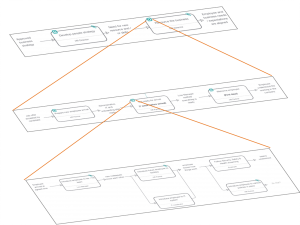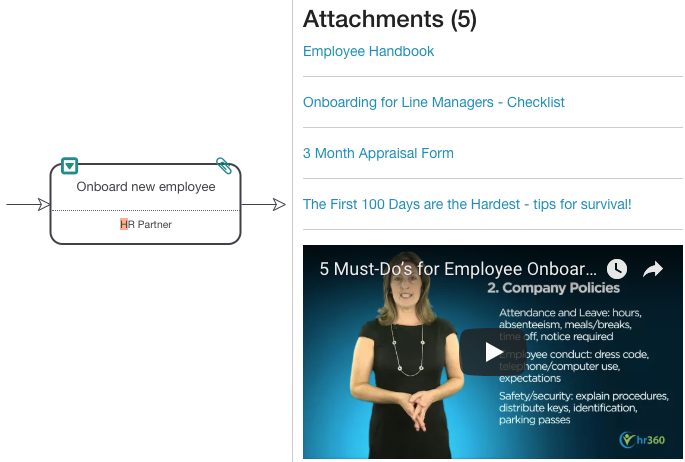How To Run a Process Mapping Workshop
Learning how to run a process mapping workshop is a great way to quickly capture, understand and improve processes. It brings people together, aligns them and provides a fantastic opportunity to generate new ideas.
Workshops help introduce people to planned change, make them feel part of it and brings them along on the journey. This means that you are more likely to gain future support and engagement in your change or continuous improvement initiatives.
But if you’ve never run, or facilitated, a process mapping workshop before it may feel daunting. Want to learn more? In this guide we explain how to run a successful process mapping workshop.
Before you start
Choose your approach
Process Mapping workshops are brilliant for generating conversations and collaboration. But they shouldn’t be unstructured. You need to guide the conversation to ensure you get the desired outcome.
For this you need a process framework or notation that is easy to use and guides the conversation. There are lots of approaches available that you can read about in our process mapping guide. At Skore we use UPN – Universal Process Notation. This approach uses a box that describes the key steps and who does them, and a box that tells you when the activity starts and finishes. It’s straightforward, clear and very effective.
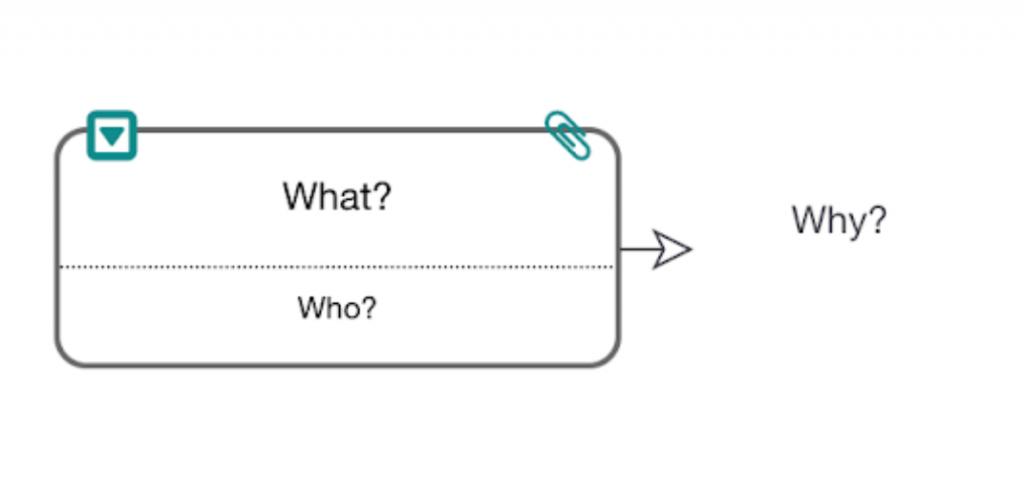
We really like this because it is very simple to use and understand. It means that everyone in the workshop will be able to engage straightaway and you don’t need to be an expert in Process Mapping to get involved!
In any case we recommend keeping it simple while asking the important questions. What, why, how, who and when.
Practice with this before you start. By keeping it simple this type of process mapping will come naturally to you and your participants.
Agree the title, scope and participants
Don’t try to do too much at once so that your process mapping workshops aren’t too long. Think carefully about which process you’re going to map, where does it start and end. This is your scope and will help you determine who needs to be involved. If necessary you can break a large process down into smaller pieces.
Set the agenda and objectives
We have written about process mapping workshop agendas before. But at the very least you need to set the duration, objectives of the workshop and set time aside for introductions and wrap up.
Share with your participants early and remind them before the workshop.
Make sure everything is set up
There’s nothing worse than arriving for a process mapping workshop and waiting for the facilitator to set up the screen, flipcharts, handouts etc. Arrive early, or even the day before, and make sure everything is working and ready to go.
During the workshop
Snacks and refreshments
Depending on how long your process mapping workshops are you should consider providing refreshments. Even providing water, tea and coffee can help participants to relax and show that you are considerate for their situation. They will be busy, and may not have time to take regular refreshment breaks so you are offering them a safe environment.
Introductions
Start your process mapping workshop with introductions, including personal introductions for any participants that are not familiar with each other. Restate the objectives to make sure everyone is aligned and in the right room!
Review the agenda and spend some time to explain the basics of the approach and how it’s going to work. We also recommend setting some ground rules such as; set phones to silent, one person talks at a time, what gets said in the room stays in the room and park unresolved discussions after 5 minutes. These are basic suggestions so you can add your own. The objective here is to make everyone feel comfortable.
Follow the methodology
Now it’s time to start the work your process mapping workshop was intended for. Capture the process following your chosen methodology. You can take a look at our 5 step approach here.
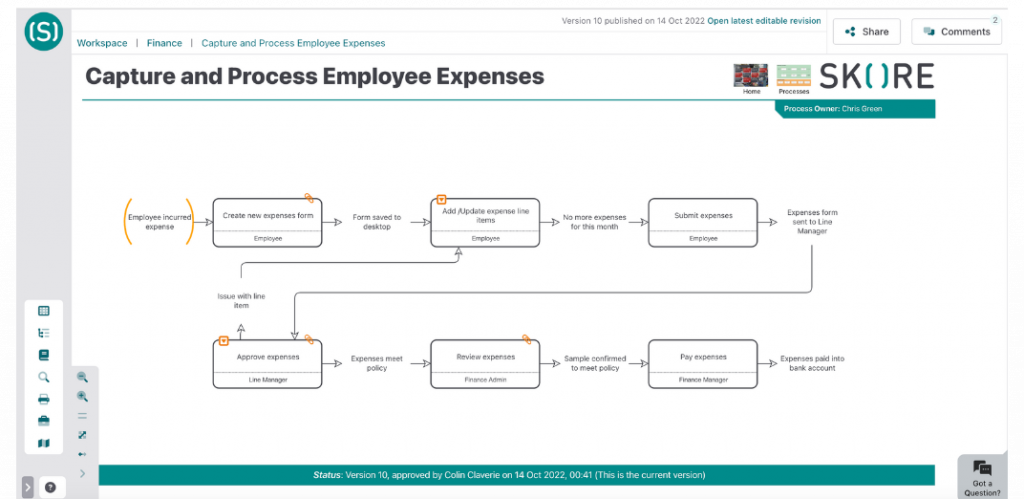
Capture opportunities, issues and actions as you go
As soon as a group starts talking about their processes they will immediately identify issues in how they work and make suggestions for improving. Sometimes there are unanswered questions or quick wins the team can action immediately. Try to capture these things as you go.
Use a flip chart or whiteboard to capture issues, opportunities and actions and then write them up afterward. Or if you are using software to map your processes, capture these items directly against the relevant steps in the process so that you can report on and share them later.
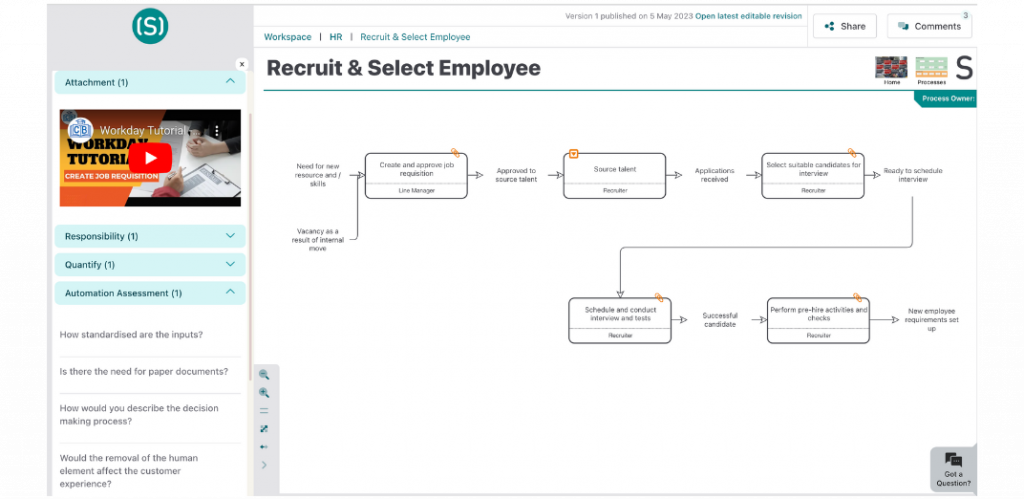
This template lays out all the steps to consider
Wrap up and assign actions
Before you let anyone leave the room make sure you review all the actions and assign them. Agree to follow up so everyone can keep track of the actions and when they are completed, or the outcome of each one.
It is definitely worth reviewing the objectives of the workshop. Did you meet them, or will you need further sessions and research to close it off?
This workshop may be part of a wider piece of work so make sure you participants have access to the plan and understand how this fits.
After
Share the content
At the end of a workshops participants will feel a sense of achievement. They will have had a chance to get things off their chests and discovered things about their colleagues they didn’t previously know.
But remember that you were there to capture and understand a process. So make sure you share the content with them along with any other information that was generated.
Many people need time to digest the discussion so often come up with more ideas and feedback after the session. Make sure there is a way for them to feed that back into the work.
This could be by email, or if using a software such as Skore you can capture the feedback against the processes.
Keep participants up to date with progress
Where this workshop was part of a wider project it’s important to keep participants up to date on the progress of the project and how this work contributed. There will undoubtedly be time in the future when you will need to invite them to more workshops. So it’s essential that they feel their time was well spent and led to improvements.
Put what you’ve learned into action
Finally, you ran this workshop for a reason. Feed what you’ve learned back to the project team to ensure that opportunities are acted upon and the benefits are realised.
How to run a process mapping workshop
In this article you have learned to how to run a process mapping workshop successfully. The key steps should remain the same whenever you do this but the tools you use can make all the difference.
Skore was designed specifically to be used in live process mapping workshops to map processes at the speed of conversation. This means you no longer need to write up notes after the workshop. You can map and share processes there and then. This means you can get sign off and agreement from your stakeholders in the workshop and not lose time chasing after them once the workshop has finished.
What’s more, you can also capture all your risks, issues, ideas and other information against the process. You’ll have one place to store, manage and share the information. Skore will even provide instant insights through its built in analytics. Plus you get a living breathing document, easily update-able and engaging that everyone in your organisation can read and understand.

